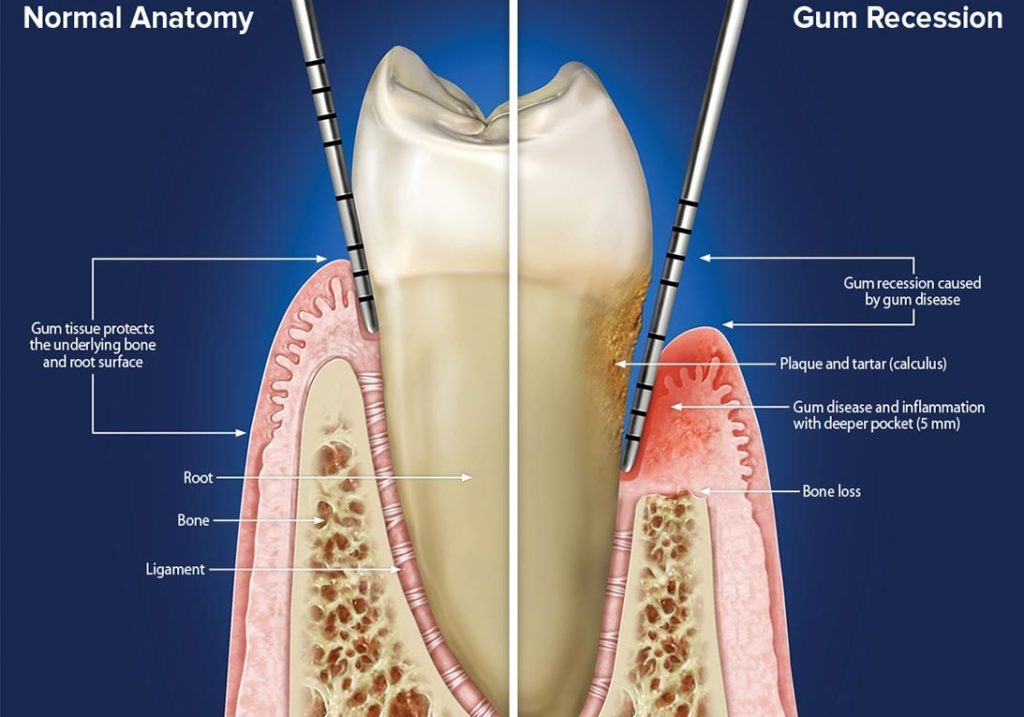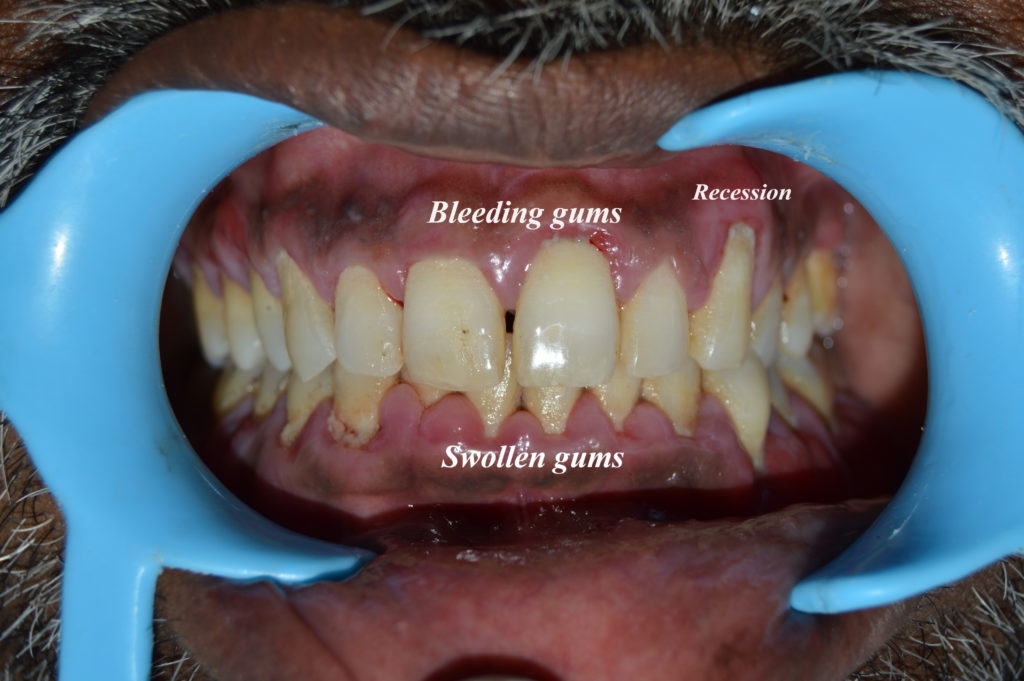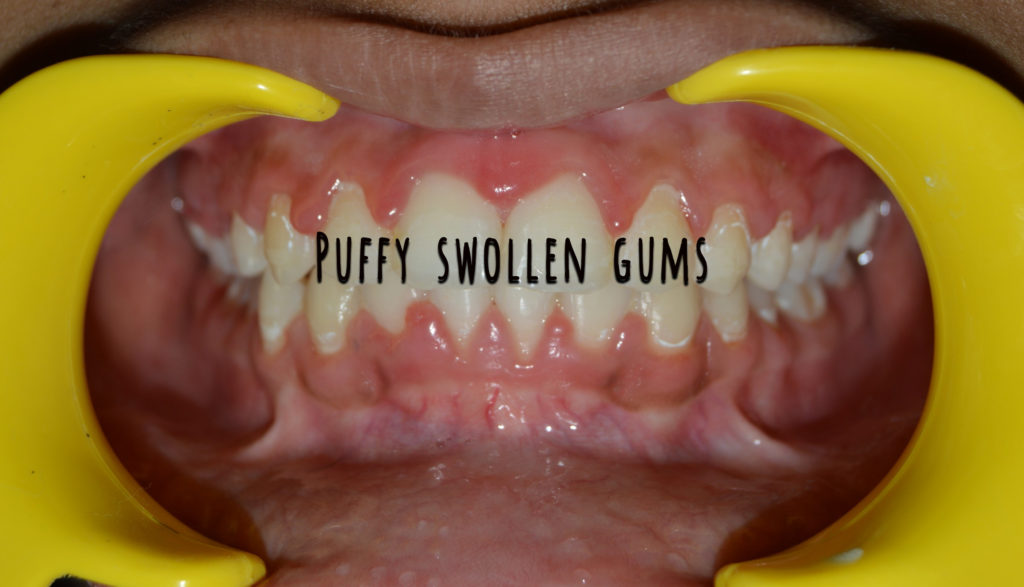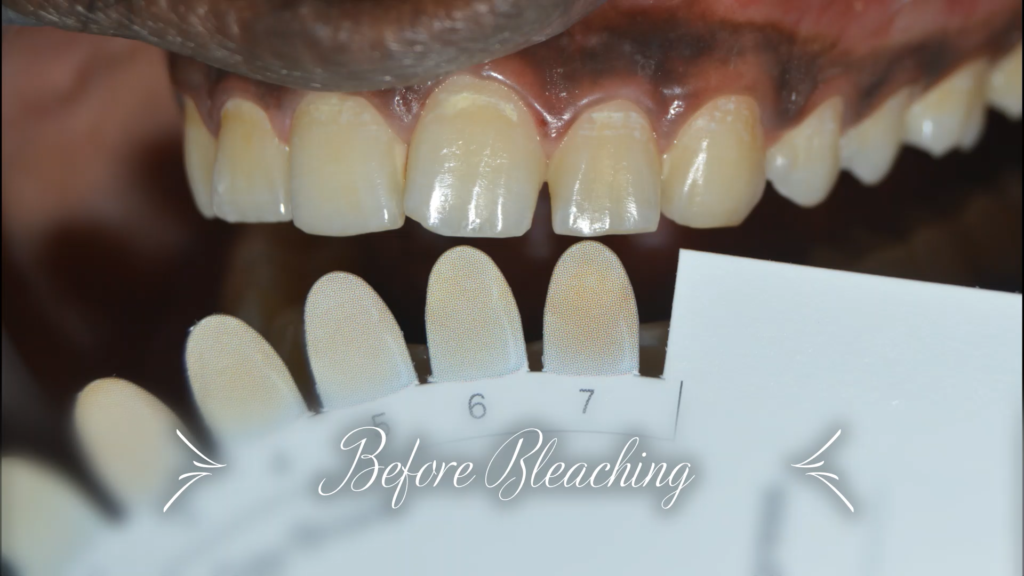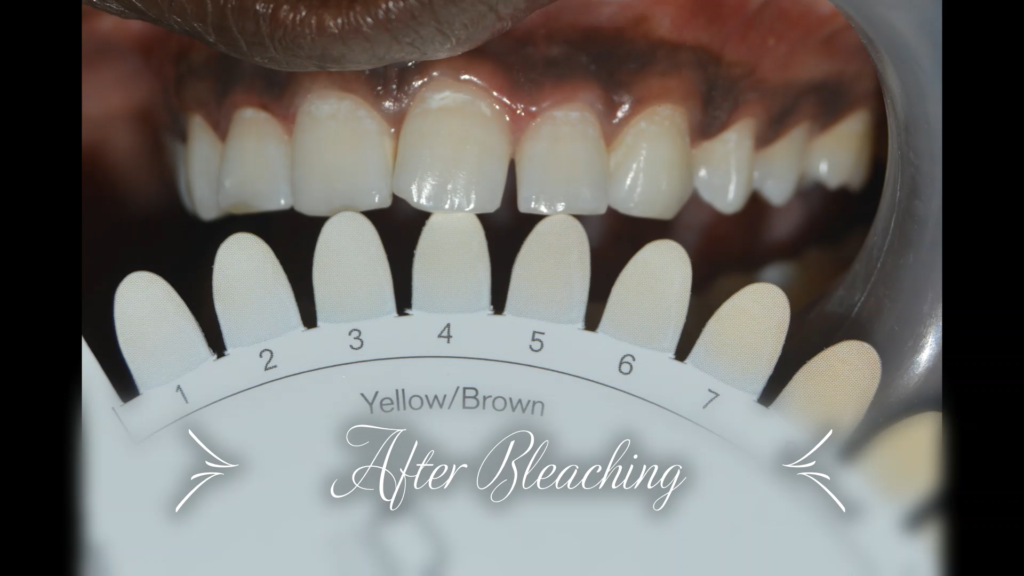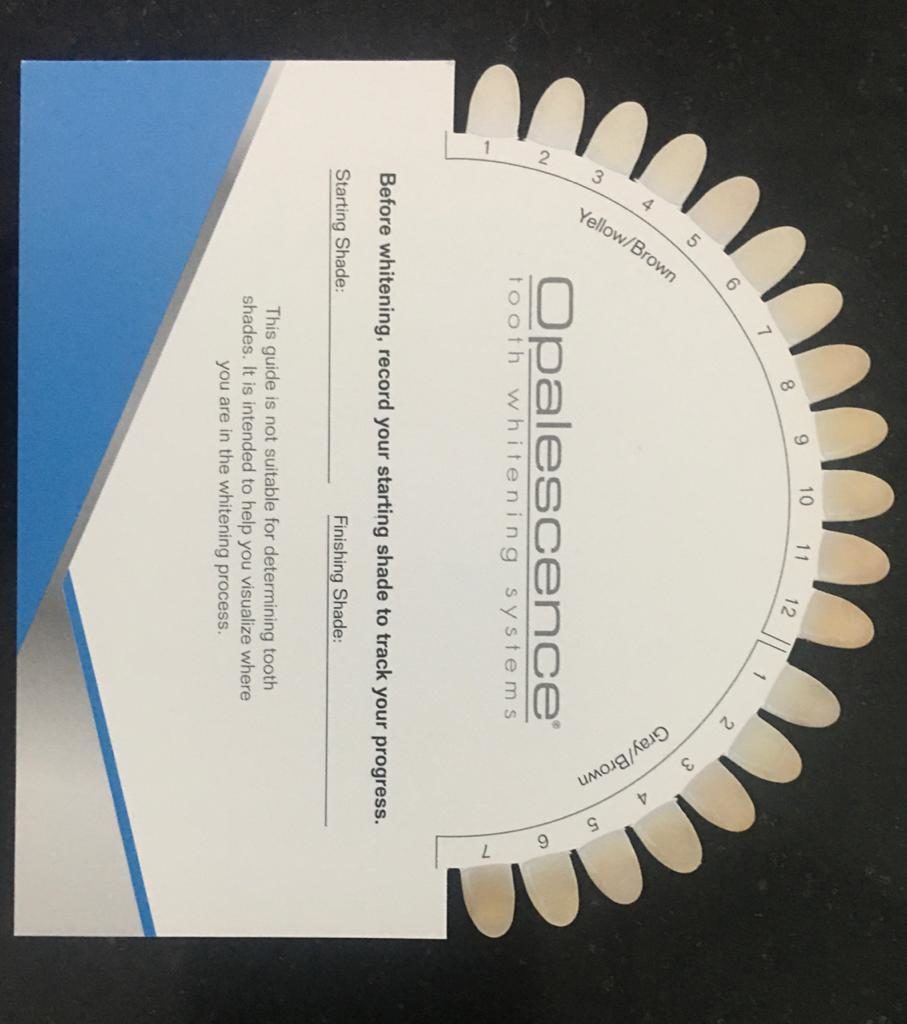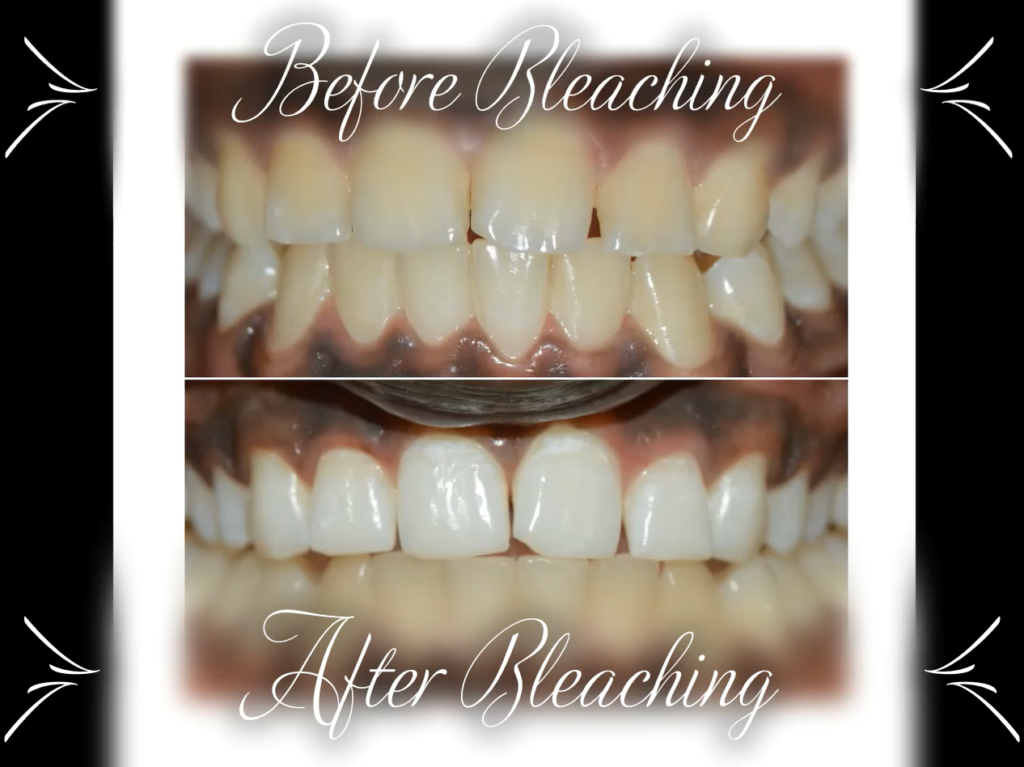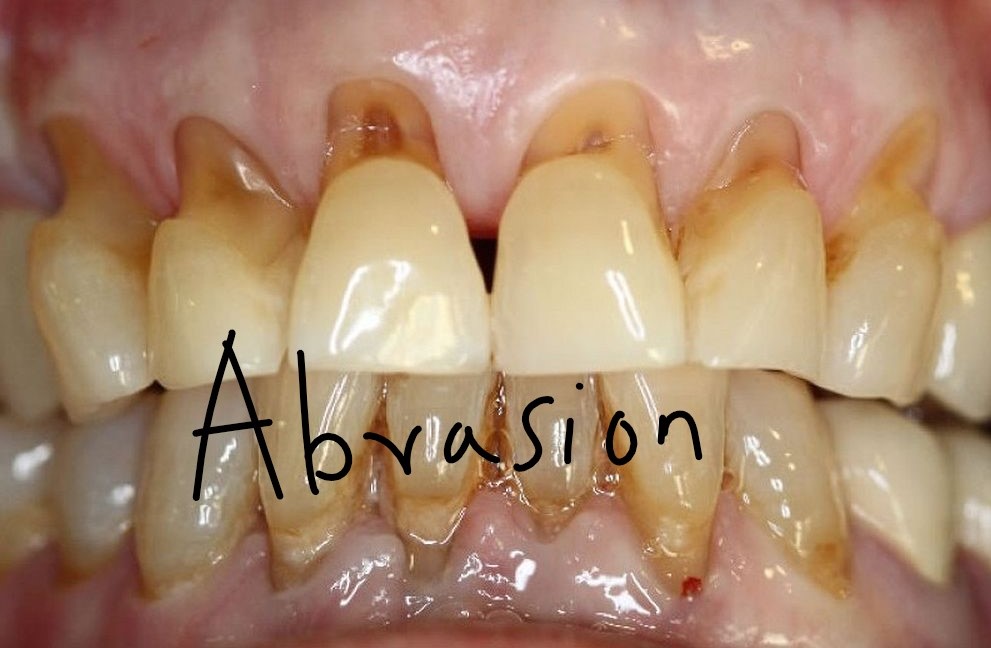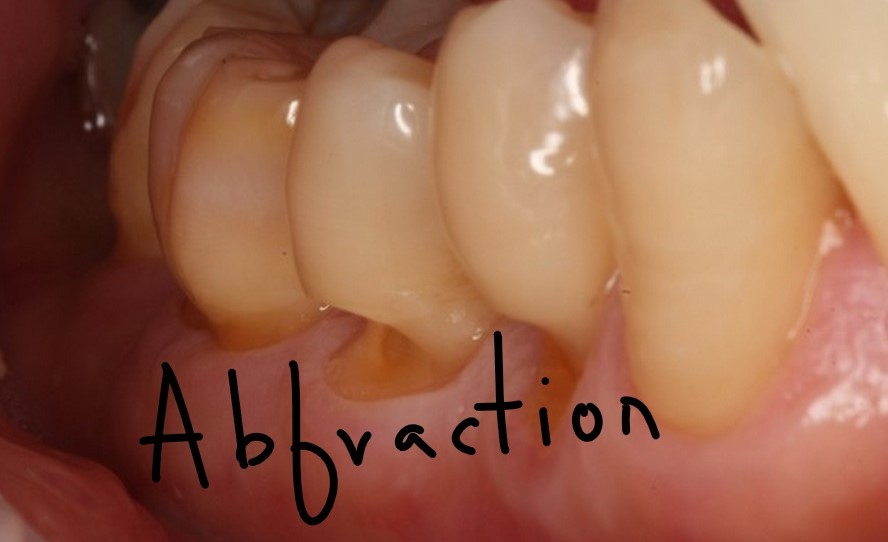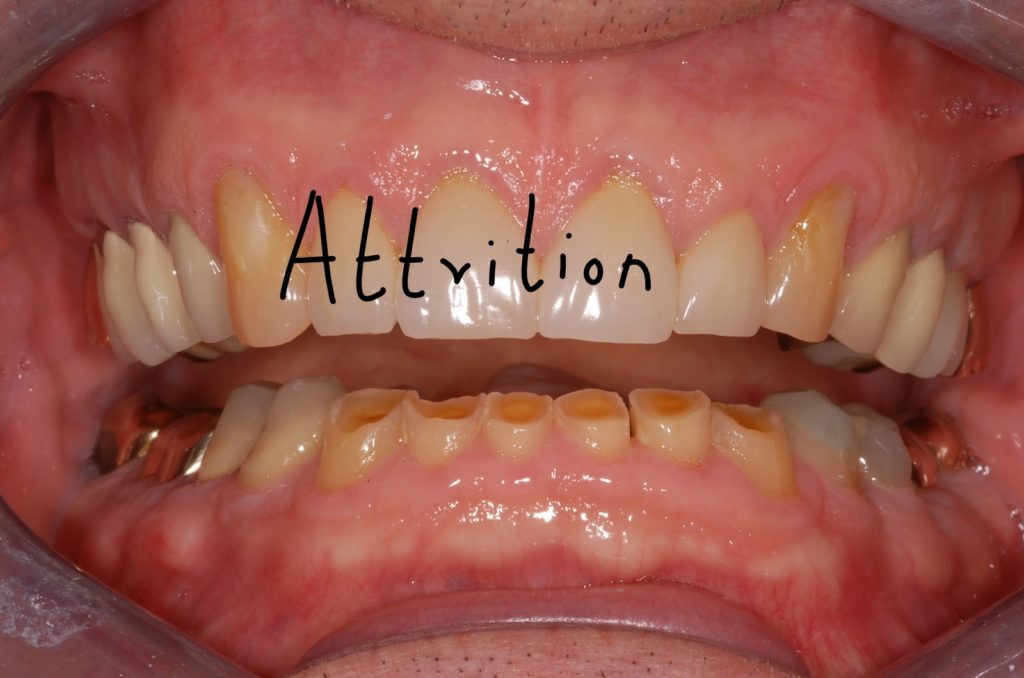5 simple Dos and Don’ts after a Root Canal Treatment

Root Canal Treatment is a dental treatment procedure, which is unique in more ways than one…
- It helps to relieve the pain and infection associated with a tooth
- It helps restore the functions of a tooth, mainly chewing, speech and aesthetics
- Tooth is the only organ in the body which can survive and still perform its function even after its blood supply is completely cut-off, thanks to root canal treatment procedure, which has made this possible.
Whenever a tooth is infected due to a cavity or fracture, the pulp of the tooth, which is the 3-dimensional central layer, containing the blood vessels and nerves of that particular tooth get affected resulting in pain to the patient. By doing a root canal treatment, we the team of dentists at DT Smile Care will clean and remove this infected pulp from the pulp canal, cleanse the canals, sterilise it and fill it with an inert biocompatible material, thereby saving the tooth along with its functions.
We at DT Smile care request you to follow these 5 simple Dos and Don’ts to ensure a comfortable and pleasant experience during and after the procedure
Dos
- Take medications as prescribed by your doctor.
- Brush and floss your teeth gently and regularly
- Stick to your normal soft diet till the completion of treatment
- It is normal to feel a mild discomfort in the region following the procedure, but if there is severe pain/discomfort do contact your dentist immediately
- Make sure to stick to your follow-up visits and get a permanent restoration or a crown done on top of the root canal treated tooth
Don’ts
- Do not chew food and avoid speaking till the anaesthetic effect wears off, to prevent accidentally biting your tongue, lips, and cheeks
- Avoid extremes of hot and cold beverages and avoid chewing on that side for 2 days
- Avoid eating hard and crunchy food, till a permanent restoration or a crown is fixed on to the tooth
- Do not quit or alter the dosage of medications prescribed by your doctor
- Avoid smoking and consuming alcohol, especially when you are on medications
5 Food Habits to Prevent Cavities
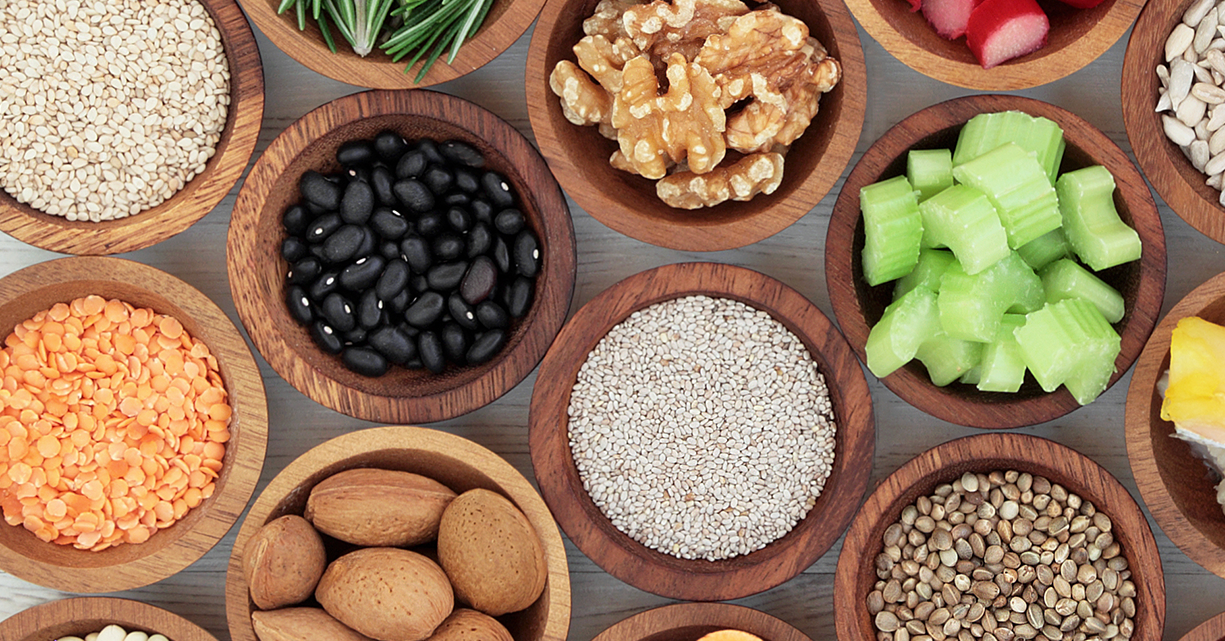
Dental caries is a very common problem of teeth, that affects a vast majority of the population. Sometimes even after brushing twice one can end up developing dental cavities and that can be really very annoying. However, a combination of good oral hygiene along with proper food habits can almost ensure total protection against cavities. Follow theses 5 simple food habits to effectively protect yourself from dental cavities.
- AVOID/REDUCE INTAKE OF THE FOLLOWING
STICKY FOODS: Food that is left stuck to the surface of tooth becomes food for the bacteria in the oral cavity, which in turn produces acid, that erodes the tooth and causes cavities. In simple terms if there is no food left sticking to tooth, then literally cavities will not form. Hence it is advisable to avoid or at least reduce the consumption of sticky foods like cookies, candies, chips, gummies, breads etc.
SWEETS AND SUGARY DRINKS: Although any food can cause cavities, the sugary ones are the most notorious. Carbonated drinks contain a lot of added sugars and are equally bad. They are easily acted upon by the bacteria thus producing acid quickly, which ends up damaging the enamel of teeth.
MILK: Milk is considered both good and bad for teeth and hence should be regulated. Milk contains calcium and minerals that help to strengthen teeth, at the same time milk is rich in sugars like lactose. Frequent intake, especially consuming milk at night can result in rapid onset of cavities.
2. EAT FIBRE RICH FOOD ON A DAILY BASIS
A diet high in fibre supports good health and lowers the risk of several diseases. Food high in fibre often requires more chewing than other foods. All of this chewing stimulates the production of saliva in the mouth, thereby also increasing its cleansing action and protects the teeth from cavities.
3. CHEW YOUR FOOD PROPERLY
Chewing is the best exercise for teeth, gums and the jaw bones. Ideally every morsel of rice should be chewed 32 times, and in all practicality, this is not possible. At least it is advisable to chew a few times before we swallow the food, and this will ensure that saliva mixes with the food, and this definitely helps in preventing cavities apart from aiding in proper digestion.
4. AVOID SNACKS IN BETWEEN MEAL
Every time we consume something, especially snacks, there will be a bout of acid formation, that can potentially attack the teeth. Hence increasing the frequency of food/snack consumption means you are letting your teeth to be attacked by acids more frequently and for a longer duration, which can result in more cavity formation.
5. AVOID EATING LATE IN THE EVENING
As a thumb rule try to avoid all cariogenic (cavity causing) foods late in the evening, and there is a strong reason to it. Saliva is our natural defence against cavity formation. In general, salivary flow tends to reduce late in the evening and at night it is almost NIL. Due to this reduced natural defence, it is strongly advisable to cut down or avoid sticky foods, sweets and other cavity causing substances late in the evening and at night.
We the team of dentists at DT Smile Care in Chennai, strongly recommend that one follows the above simple food habits along with proper hygiene measures to effectively avoid/prevent dental cavity formation.
6 common causes of yellowing/staining of teeth
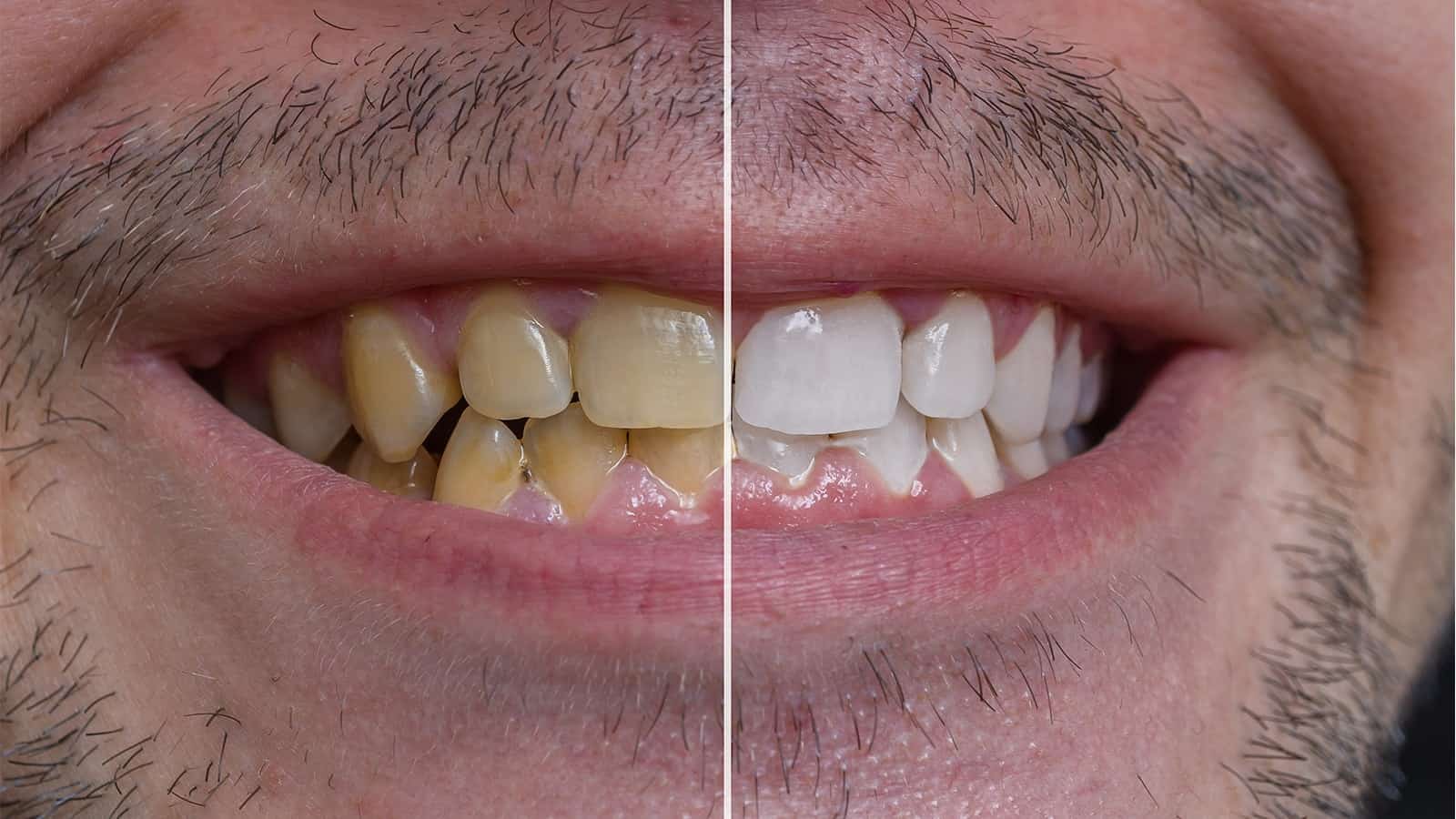
Its no wonder that everyone prefers to have pearly white teeth and a bright smile. However, in reality most of us realize that our teeth do have a yellowish tinge, the degree of which again varies from individual to individual. We the team of best dentists in Chennai consider it our duty to enlighten everyone about the reasons why teeth develop staining. Please continue reading to find out the 6 most common causes of yellowing / staining of teeth and the ways to prevent them.
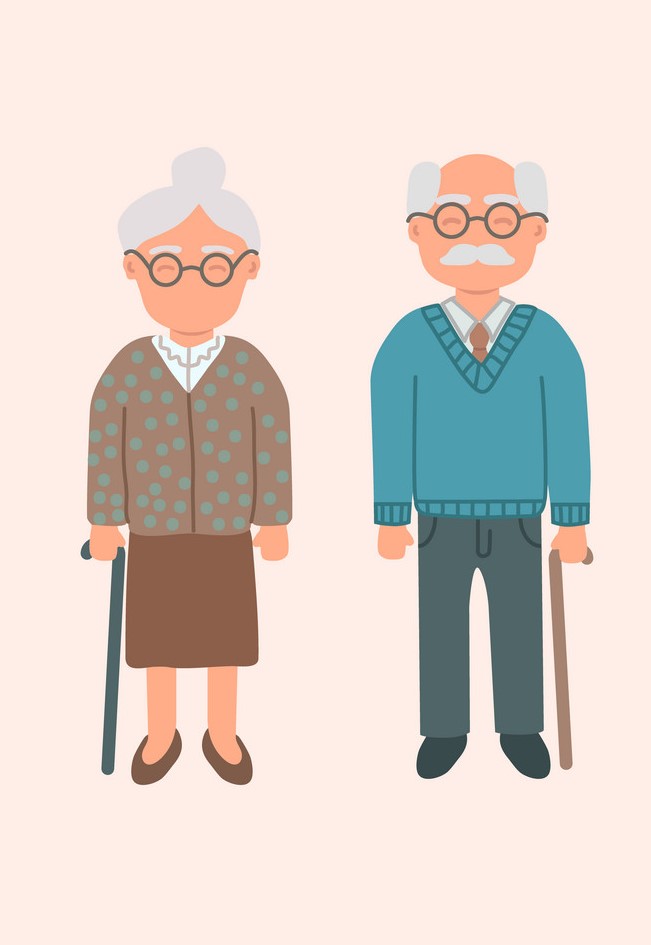
AGEING
Our teeth are covered by an outer layer called Enamel which is colourless and is of varying thickness. Just underneath the enamel is a softer layer called Dentin, which is yellowish in colour. As a normal ageing process enamel tends to slowly wear out thereby thinning down becoming more translucent and revealing the yellow colour of the underlying Dentin. Hence it is not uncommon for one to realise that their teeth tend to become more yellow with ageing. Ageing is inevitable; however, we can prevent the wearing out of enamel that occurs by other means like forceful brushing, excessive grinding of teeth etc.

FOOD
Foods that contain artificial colouring agents do tend to stain the teeth. We have seen coloured candies and popsicles stain our tongue very obviously, hence these can also cause staining of teeth. Best is to try and avoid all food that contain artificial colours. Foods like dark curries and sauces too can stain teeth. Sometimes even healthy foods like beetroot and berries can even stain the teeth. It is not necessary to completely avoid such healthy food, but we can probably limit the intake to reduce their staining effect.

DRINKS
Drinks like black coffee/tea and dark chocolate contain substance like tannins which are known to stain teeth. Limiting intake of these beverages to 1-2 cups a day is a safe practise to reduce their colouring effect. Red wine and acidic drinks like colas also have a colouring effect especially because of the presence of acids in them. It is best to avoid such drinks
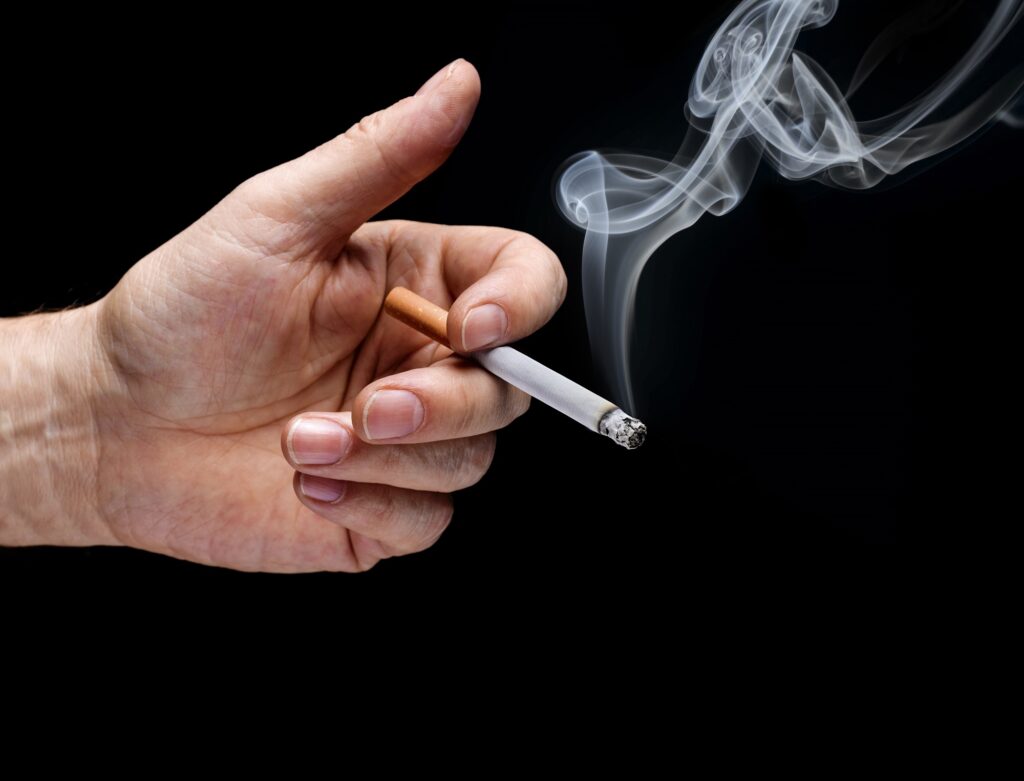
SMOKING
Smoking is a known hazardous habit that mainly affects the lungs. Nicotine and tar seen in cigarettes are known culprits to cause obvious staining of teeth. It is in the best overall interest of an individual to completely abstain from smoking
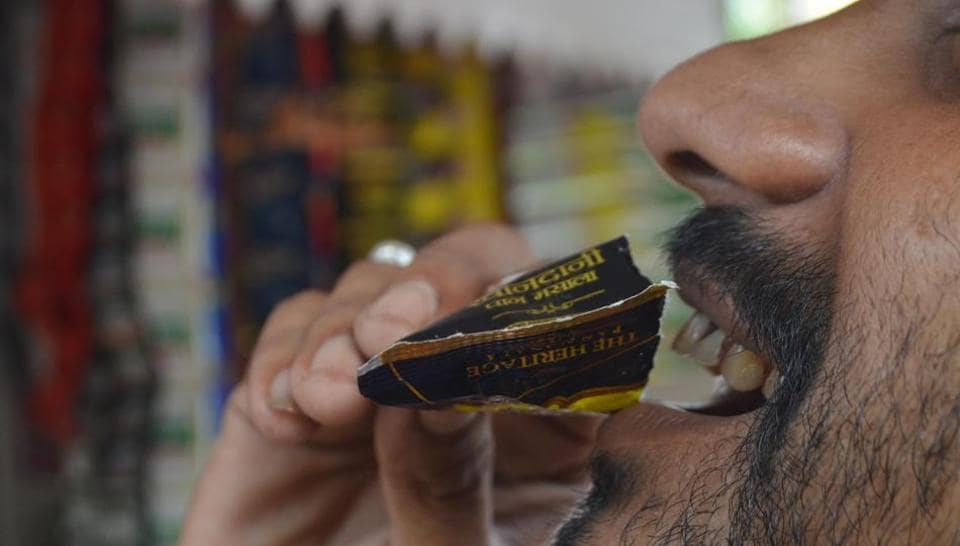
TOBACCO CHEWING
Tobacco chewing in any form causes extensive staining of teeth apart from being a known carcinogenic (cancer causing) habit. Apart from the effect of direct staining, constant chewing also wears out the enamel thereby indirectly also causing darkening of teeth. There are more reasons than these why one should completely quit tobacco.

MEDICATIONS
Certain drugs are known to stain the teeth internally. Most common amongst them is tetracyclines which especially when consumed by a pregnant mother tends to stain the teeth of the child. So, it is better to avoid drugs like tetracycline during pregnancy and also during the early formative years of the child
While few of the above mentioned reasons are inevitable, a majority of these can be self controlled/prevented, and combined with good oral hygiene practice, one can ensure they maintain their “Bright Healthy Smile”
Early Signs of Gum Disease
“Prevention is better than cure” is a saying more fitting to health, particularly to oral health than anything else. We the team of best dentists at DT Smile Care are completely aware of this and so take all measures to educate our patients on the importance of preventing and detecting problems at the early stages.
Gums play an important role in the oral cavity and without proper care, progressive gum disease can result in loss of jaw bones as well as teeth. It’s possible that in case of gum disease, they progress unnoticed until they are in the last stages. Please continue reading to identify these early warning signs of gum disease.
RED SWOLLEN GUMS
Healthy gums are pink in colour and firm in texture. If you find your gums red, puffy or swollen, it is definitely an early indicator of gum disease. Although not everyone’s gums are of the same colour, if you find your gums to be redder than what they have been in the past, then you need to consult your dentist.
BLEEDING GUMS
Gums can bleed while brushing or even otherwise. If gums bleed when you are brushing, either it is an indicator of early Gingivitis (gum disease) or you are brushing hard. The best is to change to a soft brush and brush gently. If still your gum bleeds then you need to see your dentist.
BAD BREADTH
Prolonged bad breadth is another indicator of early gum disease. The presence of plaque, and the bacteria present in the unhealthy gums can affect the whole mouth and can give rise to a very unpleasant odour.
RECEDING GUMS
Unhealthy gums tend to lose their attachment and may start receding away from the tooth. Mild recession of gums can be reversed but if it recedes more then it becomes an irreversible damage. Hence recession of gums should be caught early and appropriately treated.
GUM POCKETS
Gum pockets are small spaces that develop between the teeth and the gums which can be diagnosed by your dentist with the help of a special probe. These pockets can become potential areas where food can get lodged and bacteria grow and colonise, resulting in severe gum disease and bone loss. Like gum recession early small gum pockets can be reversed, but if left unattended and if it progresses it becomes irreversible.
Gums together with the bone form the sound and stable foundation for the teeth. Hence it is extremely important to take care of the health of the gums in order to ensure that our teeth last long and function well. Please don’t hesitate to call our team of best dentist in Chennai, if you notice any of these early warning signs of gum disease.
Dental bleaching – pros and cons – which one to choose
There are different approaches to whiten the teeth like using a whitening toothpaste, in-office dental bleaching, use of bleaching strips and the gold standard home bleach using custom made trays and a bleaching gel. Each of these methods have their own advantages and disadvantages.
Teeth whitening or teeth bleaching is probably the most common and sought after dental cosmetic procedures. Achieving a brighter healthier looking smile is no doubt an attractive prospect everyone would want. But there are several doubts that could choke one’s mind when determining the best method to bleach their teeth.
WHITENING TOOTH PASTES
Whitening toothpastes contain more of abrasives that tend to remove only the surface stains, but more importantly might end up damaging the outer surface of enamel. Few of these pastes may contain a bleaching agent, but even if so the amount of time the ingredient is in contact with the teeth is too less to produce any noticeable effect.
Advantages: Easy to use and cost effective
Disadvantages: Ineffective and can be damaging to the enamel
BLEACHING STRIPS
Bleaching strips contain chemicals like carbamide peroxide or hydrogen peroxide. So, while using the bleaching strips there is an inadvertent possibility of these chemicals coming in contact with the soft tissue like the gums, resulting in soreness, burning sensation etc that might last for some time. Moreover, they may not adapt well to the curvatures of teeth and so the results may not appear uniform
Advantages: Easy and convenient to use
Disadvantages: Varying results and possible injury to soft tissues
PROFESSIONAL OFFICE BLEACHING
Professional bleaching is a procedure where your dentist applies a 25-40% concentration of the bleaching agents on to the surface of your teeth and might activate them using light or laser. This is a faster method as the whole procedure would get over in about 45 – 60 minutes. But however due to the higher concentration of the agents used some people with sensitive teeth might experience unbearable sensitivity.
Advantages: Faster results, monitored by the doctor
Disadvantages: Very expensive, unpleasant or unbearable experience sometimes and the results don’t last longer
HOME BLEACH
This is a procedure where the dentist makes impressions of your teeth and prepares a tray that correctly fits your teeth and gives bleaching gels to be used at home. The patient has to load the gel on to the tray and wear it on to their teeth (as tutored by the dentist) for 4-6 hours a day for a period of 10-14 days. The bleaching agents are of lesser concentration and so usually there is very less chances of increased sensitivity felt by the patient and the gradual bleaching process produces more effective and more lasting results
Advantages: Very effective, less or no unpleasant experience, more affordable, user friendly
Disadvantages: Takes time (7-14 days) to achieve the results
Although an individual is free to choose the method best suited to him/her, considering all the factors we the team of best dentists in Chennai, at DT Smile Care, would recommend a slow, gradual and harmless way to bleach the teeth, that also produces longer lasting results like the HOME BLEACH
4 Types of WEAR your tooth undergoes
Enamel is the outermost covering of the teeth. Tooth enamel is the hardest substance in the human body (harder than bone) that is designed to withstand a life time of chewing and biting forces. Just like all parts of the body, teeth (enamel) can undergo wear and tear as a normal process, but that is extremely negligible, say around 0.02-0.04 mm a year.
However sometimes enamel can undergo increased wear resulting in functional and/or esthetic problems for the patients. Although it is best left to your dentist to identify the kind of wear, everyone should know the types of tooth wear so that it becomes easy for us identify the cause and treat it
Types of dental wear includes
- ATTRITION
Attrition is a type of teeth wear seen on the biting/chewing surfaces of teeth (surface of tooth that comes in contact with another tooth). This occurs due to excessive biting or chewing or due to the habit of abnormal grinding of teeth called as Bruxism. Clearly defined sharp, flat and shiny worn out areas called as wear facets are usually seen. Very often in prolonged cases, complete flattening of all teeth may also be observed.
- EROSION
Erosion is the kind of wear that happens due to action of acids. This is mostly seen in patients having gastric reflux, patients having a particular eating disorder called BULIMIA and also in patients consuming plenty of carbonated and acidic drinks. These are usually seen on the back sides of the front teeth and on the biting surfaces of back teeth. They appear as dark yellow concave areas surrounded by a whiter elevated margin. Sometimes we can observe thinned down appearance of teeth especially the front ones.
- ABRASION
Abrasion is a type of wear caused by mechanical forces other than chewing. This commonly includes abnormal brushing habit or wrong brushing technique; forceful brushing using a hard tooth brush and are usually seen on the sides of teeth near the gumline. It is also seen as small cracks or chipping of the edges of front teeth in patients who use their teeth to hold pins, clips, wires etc or as a tool to open bottles.
- ABFRACTION
This kind of wear happens when abnormal mechanical forces act on teeth causing them to flex resulting in wedge shaped notching at the gum line. Abnormal clenching or grinding of teeth (bruxism) can also result in this kind of wear. This is usually first noticed on the sides of teeth near the gumline when a fingernail catches in that area.
Pictorial representation of each of these types are provided for better understanding.
Say “NO” to cavities – follow these simple rules.
Dental decay is the most common of the dental problems affecting a greater percentage of the population. An increase in the prevalence of dental decay is noted amongst all age groups. “Prevention is better than cure” is a phrase best suited for dental decay. Following are the 5 simple facts / rules one should follow to prevent dental decay.
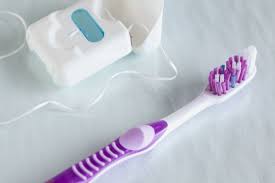
- Brush twice a day: Brush your teeth twice a day, first thing after bed and last thing before bed. This is by far the best personal hygiene practice everyone should follow. Proper brushing helps to remove plaque (soft film of bacteria that forms on the surface of teeth) and thereby helps prevent formation of cavities.
- Floss daily: However effectively we brush, it is not possible to clean the in between areas of two adjacent teeth because of tight contact between them. Dental Floss is a waxed thread that can slide between two teeth and can clean the sides of teeth. Nowadays very handy disposable floss sticks are available that would make flossing more easy and convenient.
- Chew your food: Chew your food properly before you swallow them. This has multiple health benefits. Chewing stimulates increased salivary flow and saliva is the natural neutralising agent against the acids produced by oral bacteria that causes dental decay.
- Avoid cariogenic food: Please avoid food that is very sweet and that which sticks to your teeth. This will ensure bacteria present in the mouth do not have enough food left to produce acids that cause decay.
- Visit your dentist: Kindly visit your dentist every 6 months and get a professional cleaning (scaling) done to remove tartar and plaque. This is a very effective procedure to reduce the amount of harmful bacteria present in the mouth thereby preventing cavity formation.
We the team of best dentists in Chennai, at DT Smile Care, will ensure a pain free and comfortable dental scaling procedure and help in you in maintaining a very good oral hygiene.
Do I need a crown after root canal treatment
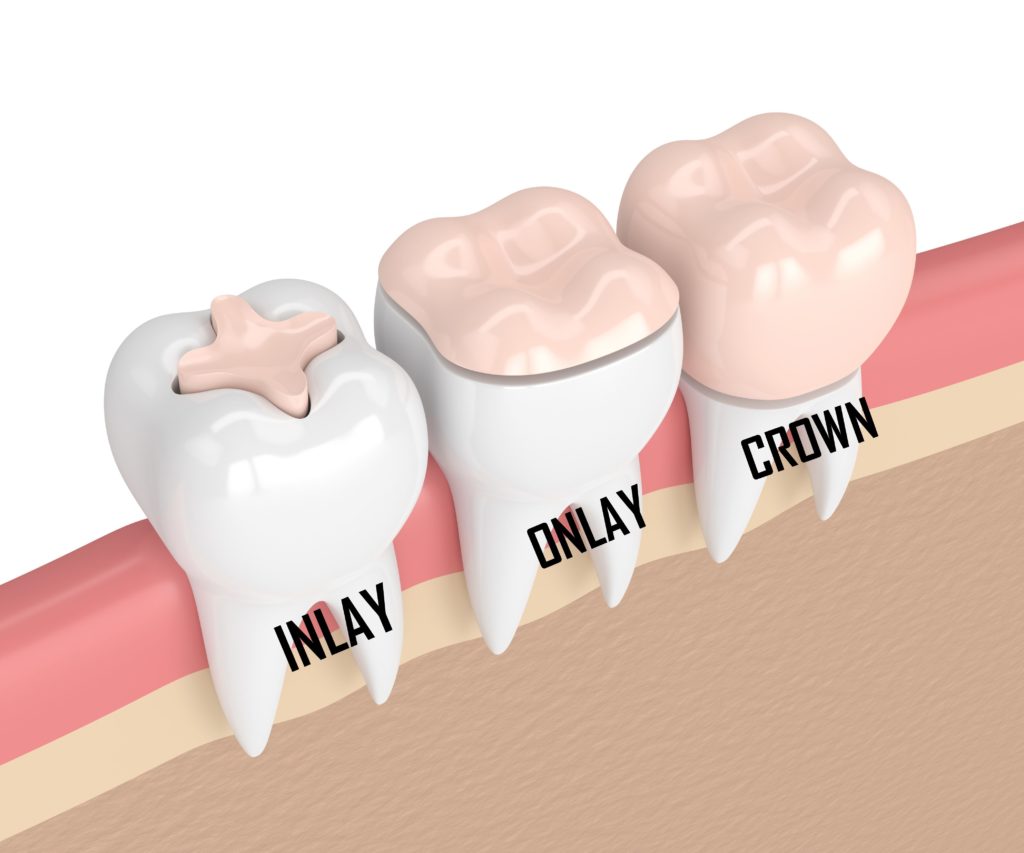
One of the most sought after / lingering doubt in most patients’ mind is whether a dental crown is a must following a root canal treatment. The need for a full crown is decided based on 3 factors
- HISTORY OF PREVIOUS TOOTH FRACTURE
A history of previous tooth or restoration (filling) fractures is a strong indicator for restoring a root canal treated tooth with a crown
- HABITS OF THE PATIENT
Patients with para functional habits like teeth grinding at night, forceful brushing and very hard chewing including gum chewing definitely would benefit from having a crown
- AMOUNT OF TOOTH STRUCTURE REMAINING
This is one of the major determining factors. Depending upon the amount of tooth structure lost along with the amount of sound dentin and enamel left, walls of the tooth saved, the absolute need for a crown is established.
Studies have shown that a dental crown after a root canal increases the chance of the tooth surviving by around 6 times (Steven A Aquilino et al). Another study by Rapeephan et al also point out that only 1/3 rd of the molars survive without a crown at 5 years
However with more advancement in research, scientific data points to preserving whatever amount of tooth structure that is left over and not grind them further for the sake of fabricating a crown. This is called “The Biomimetic Approach” which includes stress-reduced direct composite restorations (called as CORE BUILD UP) and porcelain/composite inlays and onlays that restore the biomechanics of broken and damaged teeth
We the team of best dentists in Chennai take utmost care to decide what is best for you based on all the above mentioned criteria to give you a long lasting successful restoration.
Save your tooth with Root Canal Treatment
The only organ / part of the body that can function even after becoming non-vital (losing nerve supply, blood supply and nutrition), or in other words becoming dead is the tooth. And the procedure that makes it all possible is the “ROOT CANAL TREATMENT”.

Root canal treatment is a unique and tooth saving procedure done to
- Remove infection from inside the tooth
- Relieve the patient of pain
- Save the tooth and restore its function
Every tooth has its own nerve and blood supply which lies in a hollow space in the three dimensional centre of the tooth, called as the root canals. The nerve and blood supply of a tooth can get infected due to reasons like decay, injury, cracks etc., resulting in severe pain. In such a case, extraction (removal)l of the tooth is the easiest and simplest way to remove the infection and pain. However, removing a tooth can result in severe loss of functions of the oral cavity.
Root canal treatment basically involves 3 steps
1. Following a local anaesthetic injection, the dentist will remove all the infected nerves and blood vessels from the inside of the tooth using special instruments called files.
2. The dentist would then sterilise / clean the root canals using special irrigating solutions and sometimes even using dental lasers.
3. Finally the dentist would fill the root canals with specialised filling materials, thus ensuring a pain and infection free tooth ready to perform its function.
There is always a fear of pain associated with this procedure and so many patients shy away from getting this unique treatment done finally resulting in loss of tooth, but in the hands of best dentists in Chennai, one can actually experience a hassle free and pain free procedure. DT Smile Care, multispeciality dental centre is among the best dental clinics in Chennai where one can get pain free root canal treatment done.
Wisdom tooth – why and when to remove ?
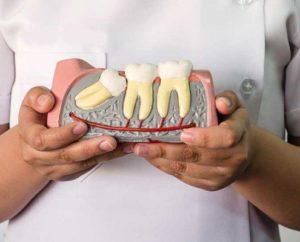
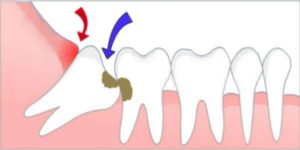
Wisdom teeth are the set of 4 molars (one in each quadrant) which erupt into the oral cavity around the age of 18-25 years. Having said that, it is also normal for them to erupt at a much later date.
However because of lack of adequate space, possibly as a result of evolutionary change, the wisdom teeth do not erupt in proper position and direction. They are either partially or totally impeded (impacted), or direct themselves towards the tooth in front or towards the cheek. Whatever be the case, they end up causing a lot of pain. They also attract a lot of food debris accumulation, resulting in gum infection as well as cavities in them and in the adjacent teeth. Read More…

